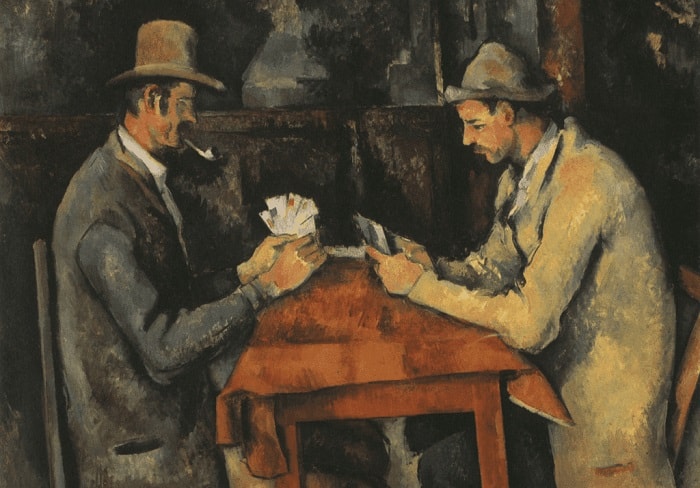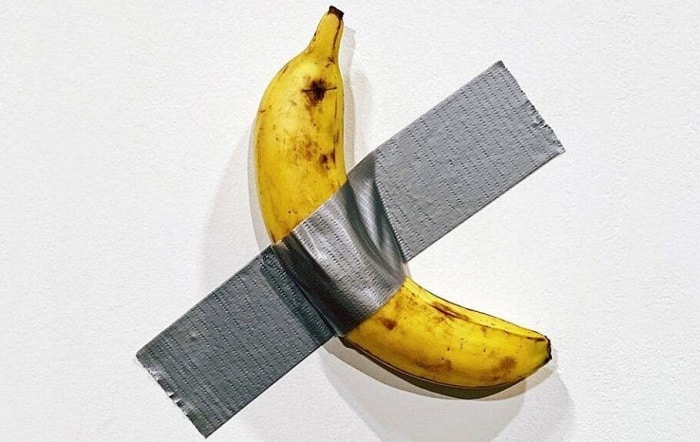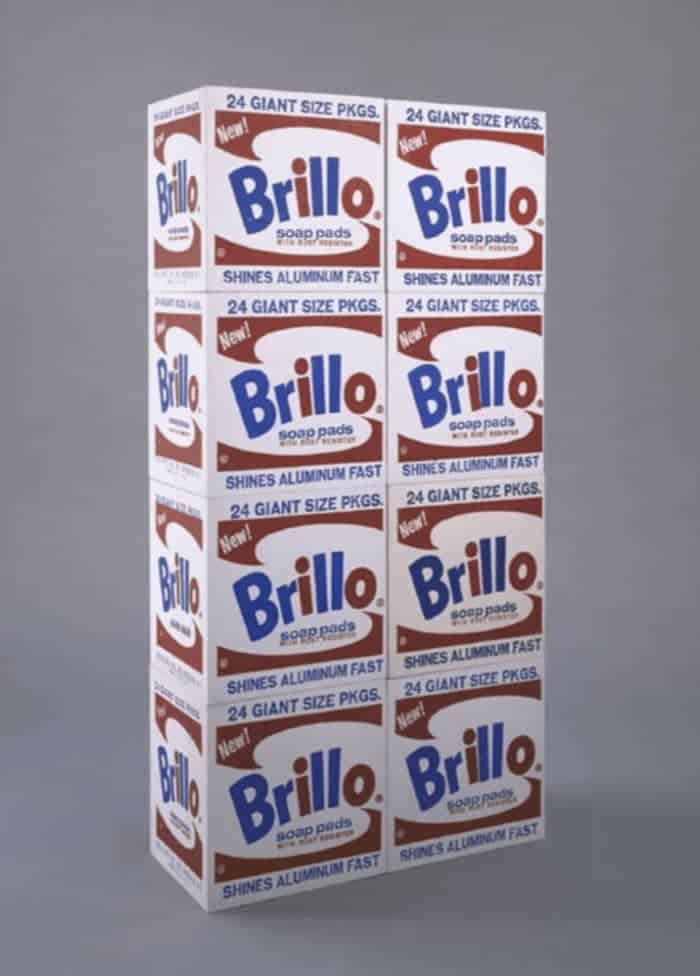Articles and Features
Value in Art – What Makes Art Valuable?
By Chiara Bastoni
The definition of value in art is an ever-disputed topic in the art world as the elements of art value are extremely numerous and often highly subjective rather than empirical. Understanding this concept at the core of the art market is essential to all those who wish to take their first steps into the art world. For example, what makes art valuable? Does this concept only have to do with the price? Does it reflect the symbolic nature of art or rather the fineness of its material?
Watch the video below and read on to understand what is the value of art and what are the elements that define it.
What is Value in Art?
The parameters and elements that determine the value of art have certainly changed from the past. Until the advent of the modern era, the question about what is the value of art could be answered more easily, taking into consideration the materials used, the purpose served, the dimensions, the notoriety of the artist and of the commissioner – an extremely common figure back then. Even though not all of these elements have disappeared, today they are certainly complemented by others. One just has to think that today an art piece like Comedian by Cattelan can sell for 150.000 USD, a price that certainly exceeds the cost of the materials employed: a banana and a strip of duct tape.
The Elements that Define the Value of Art
Although simplistic – like all classifications – a useful categorization of the different aspects involved in the definition of the value of art includes:
The Intrinsic Value of Art
The intrinsic value of a piece of art consists of what can’t be determined by numbers. The most difficult one to pin down, the intrinsic (or inherent) is a highly subjective emotional value, connected to how a specific work of art makes the viewer feel, what sensations it provokes, and, of course, this can’t be held or shown. Furthermore, all these variables depend upon cultural background, education, and personal life experience. and are rather independent of materials employed. For example, leaving the investment aspect of an art purchase aside, if an artwork made of gold leaves you cold, its low intrinsic value to you won’t justify its price. Debates around the overall meaning of art are countless and the definition of intrinsic value is something that pertains to the individual. After all, it has something to do with the uniqueness, irreplaceability, and sacred aura that surrounds art.
The social value of art
Another relevant element of art value is societal meaning. Art indeed is a means of communication, as it passes ideas, values, feelings, concepts, which might be received differently by each observer but still vehiculate ideas concerning society and human condition. When producing art, an artist shares a story, a sentiment, cultural elements and the moment people perceive it, they also understand it and project their own stories, sentiments and cultures. Moreover, the social value of art comes from the capacity of gathering individuals for the purpose of a communal experience.
The commercial value of art
The third main element of art value is market value, in simpler terms, its price. Given what was mentioned about the social and intrinsic value of art, it should be clear now that an artwork’s price is not determined the same way as utilitarian goods. The commercial value of an art piece, in fact, is determined according to some collective consensuses, exactly like currency: it is a human stipulation to define it.
When talking about art, there are two separate markets where negotiations take place and this stipulation happens: the primary market, undermining the passages from the artist’s hands to its first purchaser, where the price is decided mainly by the artist himself and his dealer, and the secondary market, for all successive passages of an art piece, where the price inevitably follows the principle of demand and supply.
What makes art valuable?
As mentioned, the market value is mainly determined by the galleries and auction houses. The consensuses that are born in this context are accountable for establishing a history of pricing for an artwork or an artist, which helps new works or works resold on the market to be priced.
Several are the inputs to this process:
One of them is the context of the production of an artwork. This can either be of historical importance or have a certain meaning in the development of history.
Another essential element is the provenance of the work, meaning the history of ownership once it enters the secondary market. If the previous owner of the piece was a famous collector, this information certainly doesn’t pass unobserved. If the artwork belonged to a museum, this adds an incredible value to the art piece, as much as to make them “off” the market most of the time. This also has an effect on the rarity of the work and on the mechanisms of demand and supply: the more artworks of a specific artist are situated in public museums, the less amount of artworks will be available for sale, therefore, the more the value of those works for sale.
The market also takes into consideration the conditions in which the artwork has been preserved. This is evaluated by experts and varies according to the taste of the period. There were eras, in fact, where invasive restorations were carried out to the detriment of originality, while now this is an element that takes out value rather than adding more.
Other paramount factors to consider are the authenticity of the work, which is technically evaluated, and the quality of its production, which is, on the opposite, subjective. However, subjectivity is removed by art critics who are able to judge on factors such as the clarity of execution and the mastery of the medium used, independently from style and era.
Other elements to take into consideration are the size of the work and the materials used, even though, especially when it comes to contemporary art, these factors became secondary. Sometimes also the subject has an impact on the price, as, for example, women subjects on average sell better than men.
Finally, the market values extremely the artist who produced the work. Whether the artist is unknown, emerging, or a blue-chip artist, it makes a huge difference. The price is based on the artist’s exhibition history, sales history, and career level. In general, the greater the demand for an artist, the higher the prices fetched on the market.
Relevant sources to learn more
Learn more with our Top 10 Books That Explore the Fine Art of Collecting
Read more on BBC: Why is art so expensive?






